Begonia
("Tuberous begonia / Begonia tuberhybrida")
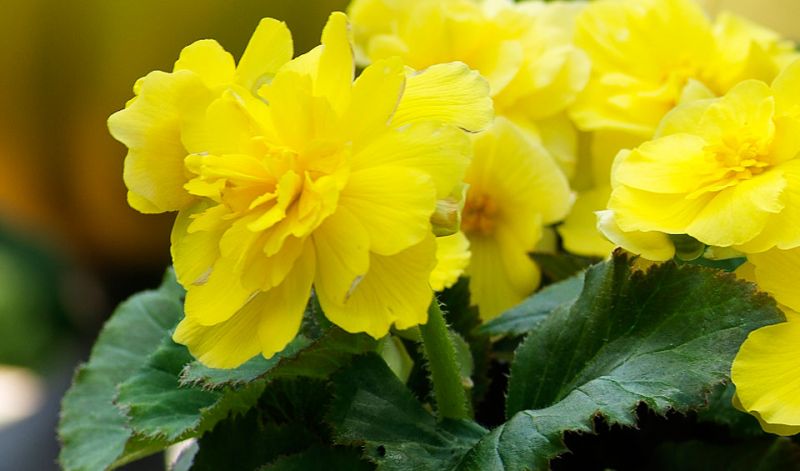
Origins:
In the 1860's a number of tuberous begonias were discovered high in the forests of Bolivia and Peru, in the Andes mountains of South America. The genus Begonia has over 1,500 species. Here we only make mention of the 'tuberous' begonias that have been subdivided into various groups (depending on their flower form) each of which contains several hybrids which are in general only identified by their color. Next to bedding begonias ('Semperflorens') tuberous begonias are probably the best-known and most widely grown and enjoyed by the average gardener around the world.
Planting Tips:
Tuberous begonias grow best in partial shade or filtered sunlight. Too much sunlight will result in burnt flowers and foliage but too much shade will result in lush foliage and very few flowers, so find that happy medium. Plant well after the danger of frost is gone and night temperatures are above 54F / 12C. Or start them indoors, approx. 6 weeks prior to the last expected frost date, to give them a head start if you wish. Keep them warm (70F / 21C or a bit higher) and initially cover them with newspaper to encourage growth. Be careful not to disturb the newly formed roots when transplanting outdoors. If the leaves have formed already position them with the pointed ends facing the viewer since the flowers will face the same direction. Begonias like a well drained moist (not wet) soil and shelter from the wind. When watering always do so at the soil line away from the leaves and the tuber itself: if water sits in the hollow side of the bulb it may cause it to rot. Once plants begin to grow do not let the soil dry out. For stronger stems and more spectacular flowers (albeit a bit fewer) you could pinch away all but 3-5 stems while the plants are young and developing. Later on you can do the same with the flowers: pinching the single (male) flowers will increase the size of the double flowers. However either way they will be beautiful. Removing any wilted leaves or flowers which will encourage the plants to produce more flowers.
Flowers in the Begonia Family
-
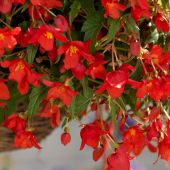 Begonia Bertini
Begonia Bertini
-
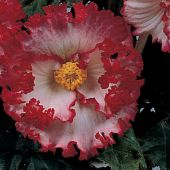 Begonia Crispa Marginata
Begonia Crispa Marginata
-
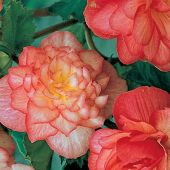 Begonia Double bicolor hybrids
Begonia Double bicolor hybrids
-
 Begonia Double Camellia
Begonia Double Camellia
-
 Begonia Fimbriata
Begonia Fimbriata
-
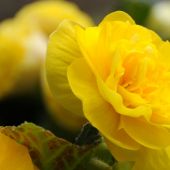 Begonia Multiflora Maxima
Begonia Multiflora Maxima
-
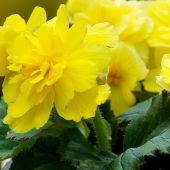 Begonia Non Stop
Begonia Non Stop
-
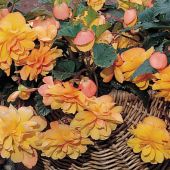 Begonia Pendula Cascade
Begonia Pendula Cascade
-
 Begonia Pendula
Begonia Pendula
-
 Begonia Picotee Lace
Begonia Picotee Lace
-
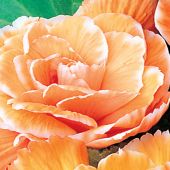 Begonia Picotee
Begonia Picotee



